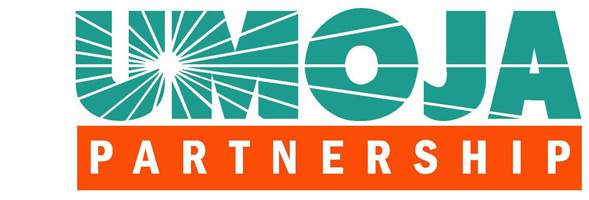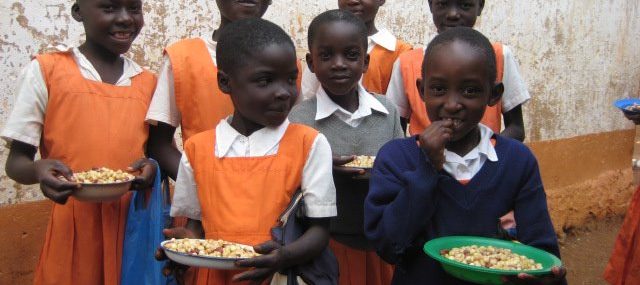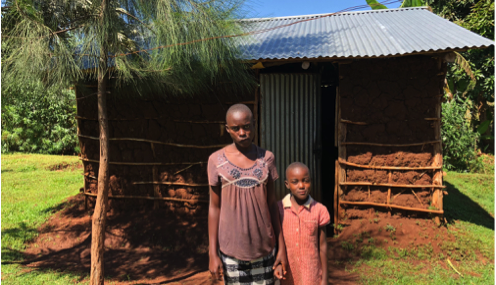19th School in 2019
School Lunch Program Expands to 19th School in 2019 Global Interfaith Partnership is extending its successful food security program to orphaned and vulnerable children in another primary school in western Kenya. The Umoja Project currently serves lunch to 3,100 students in 18 primary schools. The 19th school, Uradi Primary School, will begin serving lunch to…



